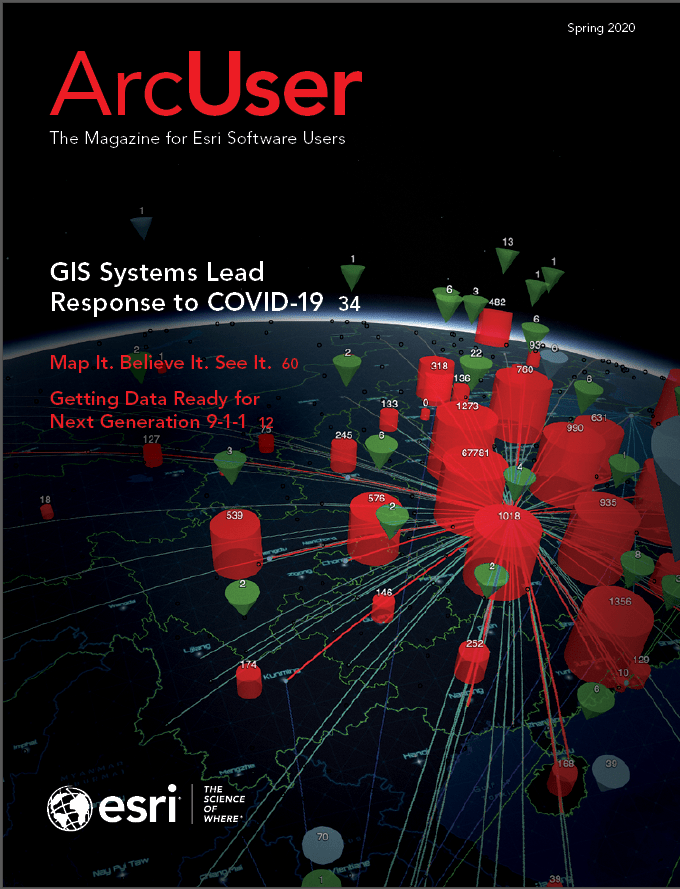Python Scripting for ArcGIS Pro
By Paul A. Zandbergen
If you are a GIS professional but not a programmer, there is reason to learn Python scripting. Often you must perform the same workflow in GIS periodically for maintenance purposes or to create data. Automating tasks will help you be more productive. Writing a script will save time, avoid errors, and eliminate tedium.
Python Scripting for ArcGIS Pro, a new book from Esri Press, will help you gain the proficiency you need to benefit from Python scripting even if you are new to programming. It is an easy-to-follow guide to writing Python code with spatial data in ArcGIS Pro.
The book starts with the fundamentals of Python programming and then dives into how to write useful Python scripts that work with spatial data in ArcGIS Pro. Readers learn how to execute the tools in Python, describe data, and manipulate and create data in addition to a number of more specialized tasks. Some of the key topics covered include the following:
- Automating geoprocessing tasks
- Exploring and manipulating spatial and tabular data
- Working with geometries and rasters
- Scripting maps
- Debugging and error handling
- Creating functions and classes
- Making and sharing script tools
- Using ArcPy and ArcGIS API for Python
Helpful points to remember, key terms, and review questions are included at the end of each chapter to reinforce readers’ understanding of Python, and corresponding data and exercises are available online. Available June 2020, 430 pp. E-book ISBN: 9781589485006 and paperback ISBN: 9781589484993.
Women and GIS: Stars of Spatial Science, Volume 2
By Esri Press
Foreword by Jane Goodall
In Women and GIS: Stars of Spatial Science, Volume 2, readers will find the true and inspiring stories of 30 remarkable women who aimed for the stars and created a better world. As science, technology, engineering, and mathematics (STEM) disciplines continue to advance and shape people’s understanding of the world, so, too, do women who take charge and use new research and methodologies to make big changes. From planetary scientists and civil engineers to entrepreneurs and urban planners, the strong, passionate women in this diverse group of women profiled in the second volume of the Women and GIS series used a combination of maps, analysis, and GIS to overcome obstacles and challenges and become leaders in STEM. April 2020, 250 pp. E-book ISBN: 9781589485952 and paperback ISBN: 9781589485945.


